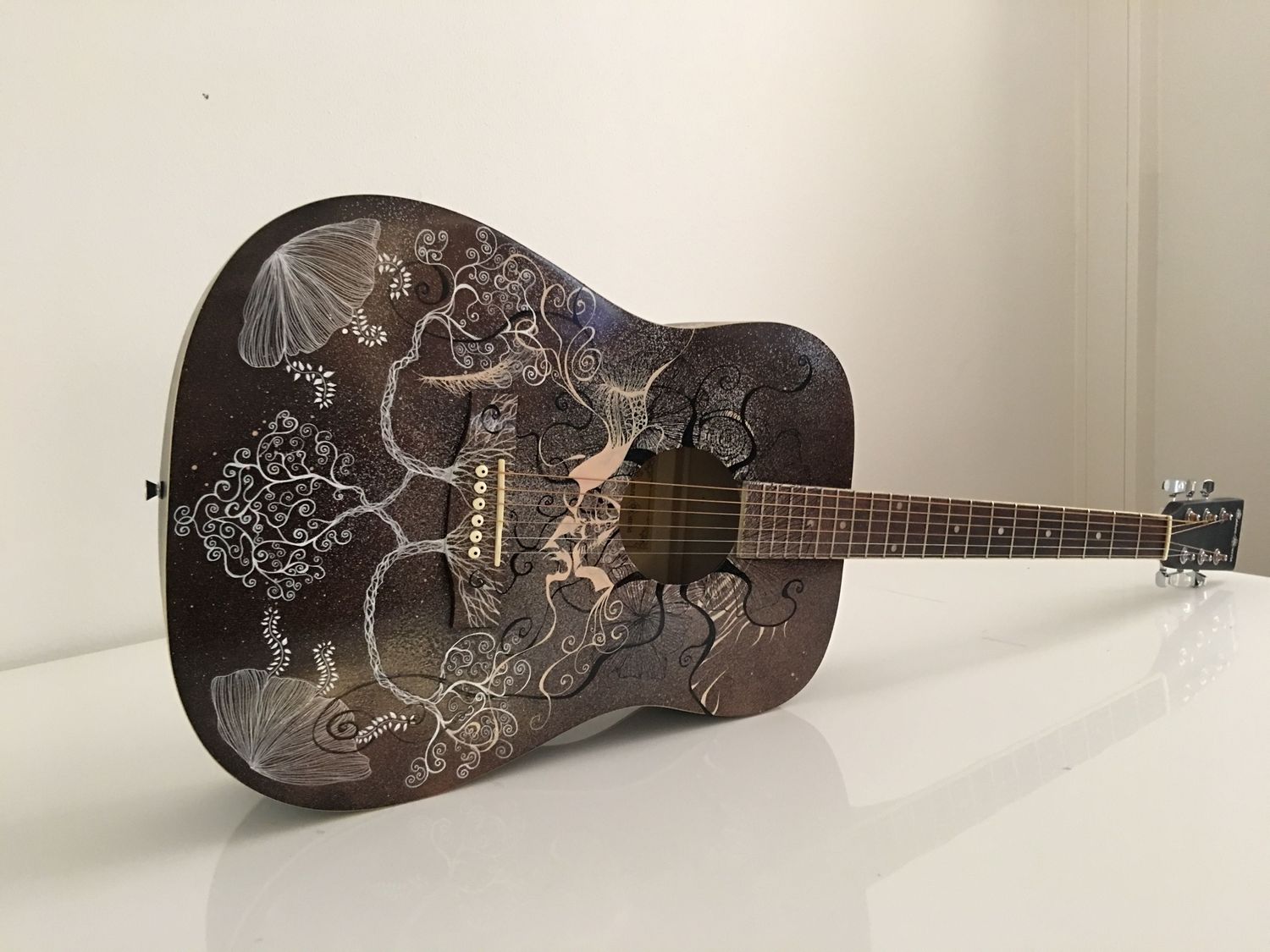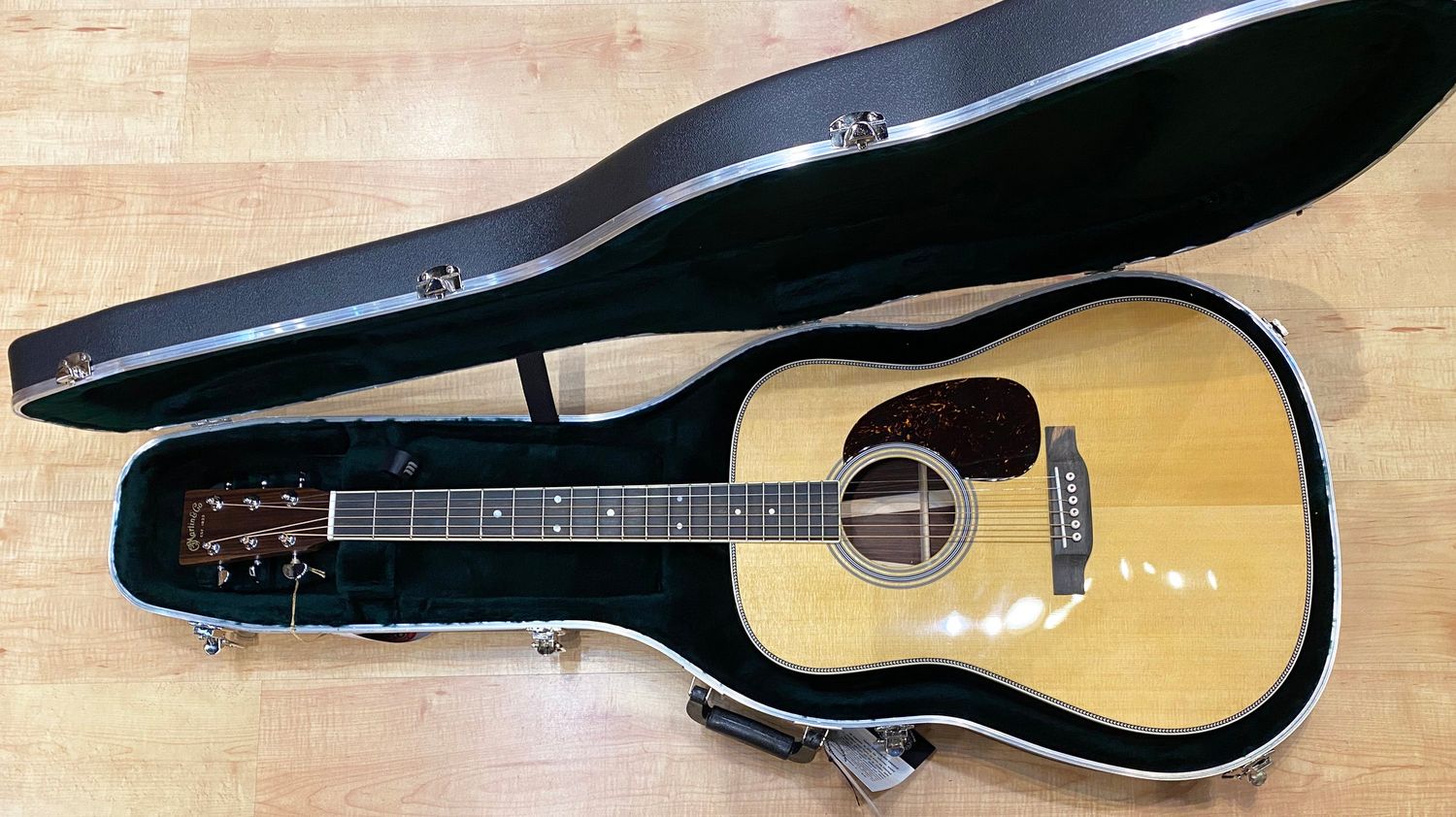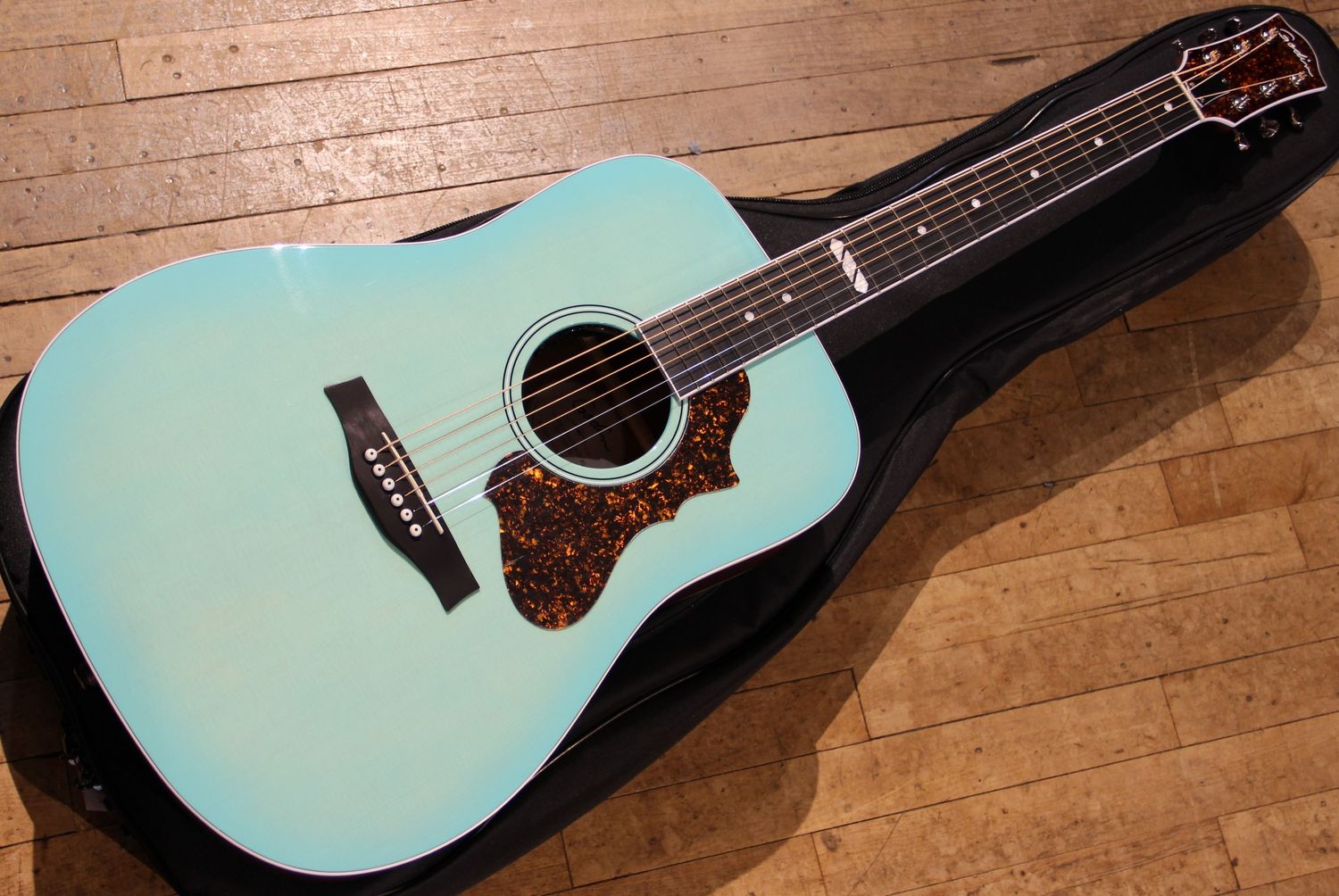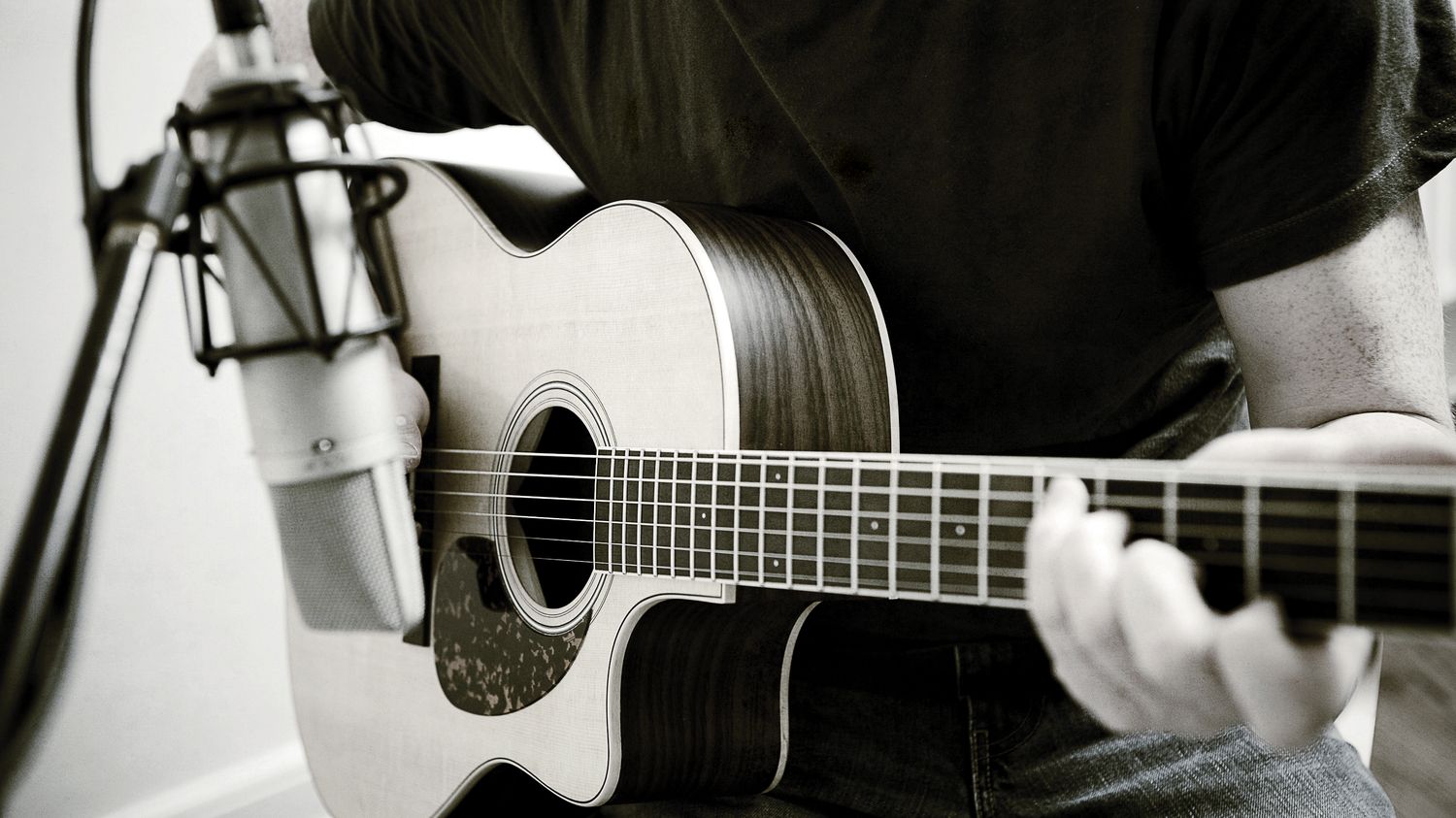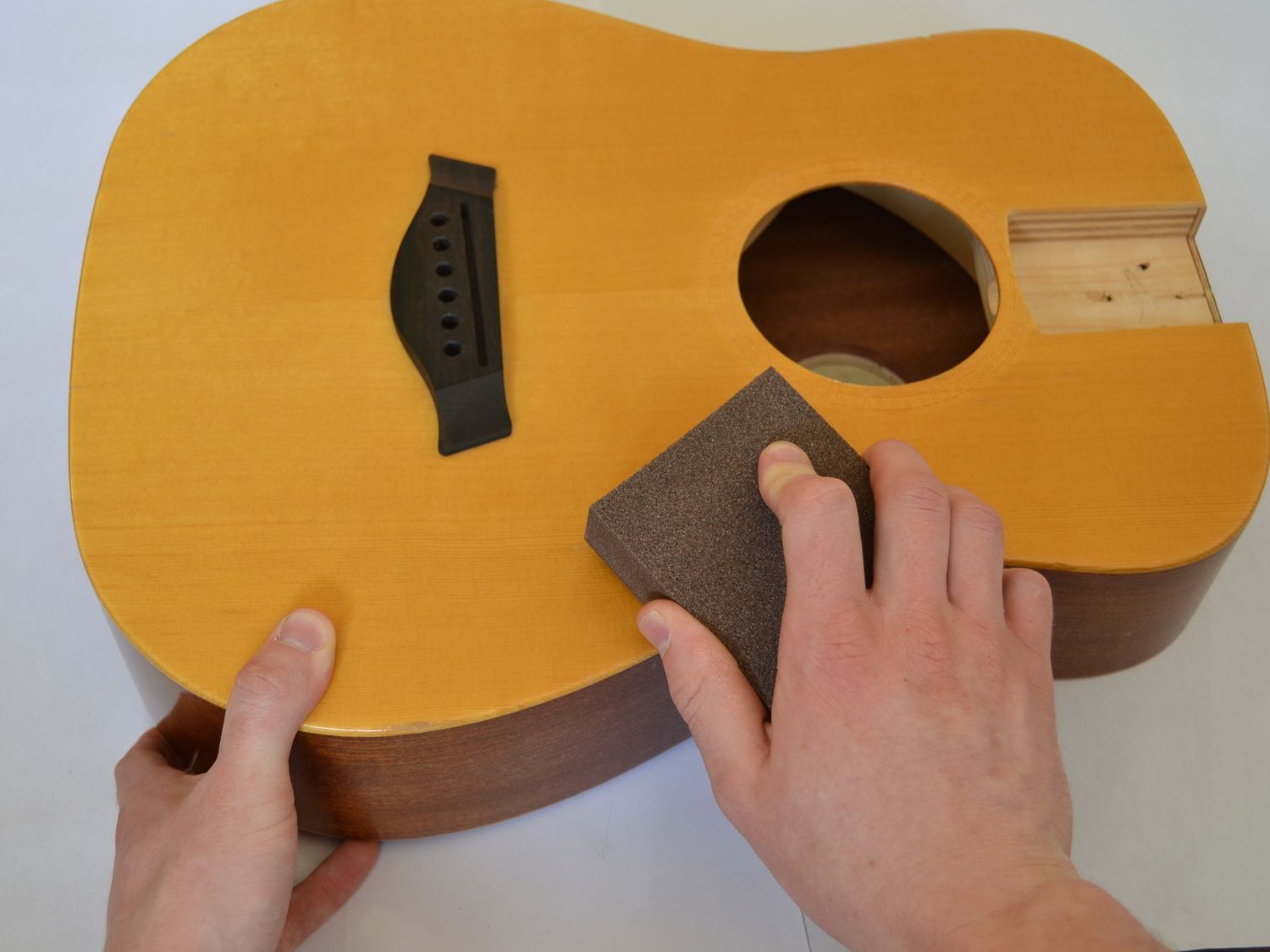Home>Production & Technology>Acoustic>How High Should Acoustic Guitar Action Be
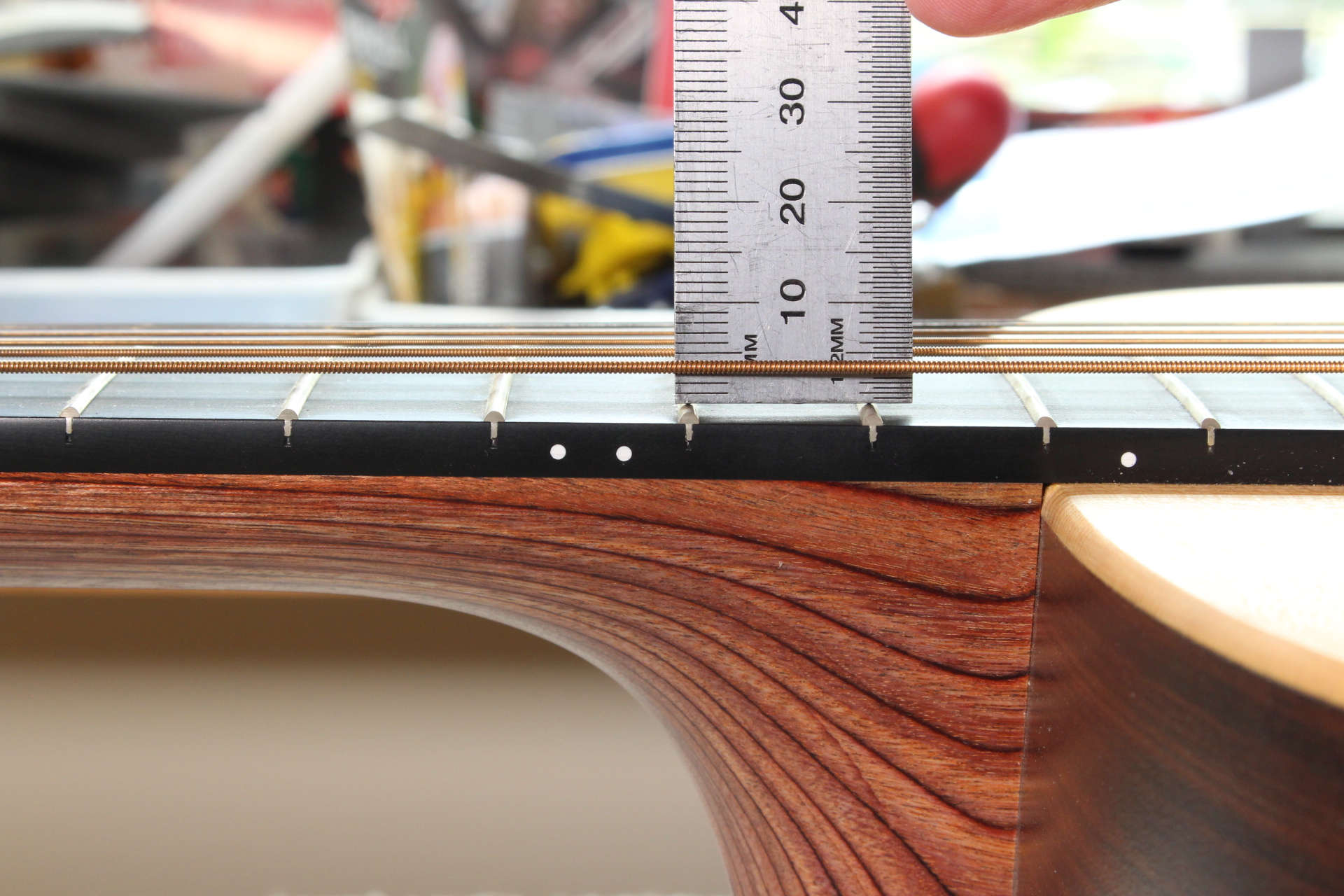

Acoustic
How High Should Acoustic Guitar Action Be
Published: March 11, 2024
Learn how to adjust the action on your acoustic guitar for optimal playability and sound quality. Find out the ideal height for your acoustic guitar's action.
(Many of the links in this article redirect to a specific reviewed product. Your purchase of these products through affiliate links helps to generate commission for AudioLover.com, at no extra cost. Learn more)
Table of Contents
Introduction
When it comes to playing the acoustic guitar, one of the crucial factors that significantly impacts the playability and sound quality is the guitar's action. The term "action" refers to the distance between the strings and the fretboard. It plays a pivotal role in determining how easy or challenging it is to press down the strings and produce clear, resonant notes. Understanding the optimal height for acoustic guitar action is essential for both beginners and seasoned guitarists alike.
The action of an acoustic guitar is a fundamental aspect that directly influences the overall feel and sound of the instrument. It is often a subject of discussion among guitar enthusiasts and professionals, as it can profoundly affect the playability, tone, and comfort of the guitar. Whether you're strumming chords, fingerpicking intricate melodies, or performing complex solos, the action of your acoustic guitar can significantly impact your playing experience.
In this comprehensive guide, we will delve into the intricacies of acoustic guitar action, exploring the factors that influence it, the ideal action height, and the methods for adjusting it. By the end of this article, you will have a deeper understanding of how the action of your acoustic guitar can be optimized to suit your playing style and preferences, ultimately enhancing your musical journey.
What is Acoustic Guitar Action?
The term "action" in the context of an acoustic guitar refers to the distance between the strings and the fretboard. It is a critical factor that directly influences the playability and overall performance of the instrument. When a guitarist presses down on a string against a fret, the action determines how much effort is required to produce a clean, resonant note.
The action of an acoustic guitar is typically measured at the 12th fret, where the string height is assessed. A higher action means that the strings are positioned farther away from the fretboard, requiring more finger pressure to produce clear notes. Conversely, a lower action reduces the distance between the strings and the fretboard, making it easier to press down the strings and play with less effort.
The action of an acoustic guitar is influenced by several factors, including the guitar's construction, neck relief, nut height, and saddle height. The construction of the guitar, particularly the neck and body, plays a significant role in determining the natural action of the instrument. Additionally, the curvature of the neck, known as neck relief, can impact the action. A slight curvature, or relief, is often preferred to prevent buzzing and maintain playability.
Furthermore, the height of the nut and saddle, which are the points where the strings make contact with the guitar, also contribute to the overall action. These components can be adjusted to fine-tune the action to the player's preference.
In essence, the action of an acoustic guitar is a crucial element that directly affects the playability, comfort, and tonal characteristics of the instrument. Understanding the concept of action and its impact on the guitar's performance is essential for guitarists seeking to optimize their playing experience. In the following sections, we will explore the various factors that influence acoustic guitar action and delve into the ideal action height for different playing styles and preferences.
Factors Affecting Acoustic Guitar Action
The action of an acoustic guitar is influenced by a multitude of factors, each playing a crucial role in determining the instrument's playability and tonal characteristics. Understanding these factors is essential for guitarists looking to optimize their playing experience and achieve their desired sound. Here are the key elements that affect acoustic guitar action:
1. Guitar Construction
The construction of the guitar, including the neck, body, and overall design, significantly impacts the action. Different guitar models and brands may have varying neck profiles, body shapes, and bracing patterns, all of which contribute to the natural action of the instrument. For example, a guitar with a slim, fast-playing neck may have a lower action compared to a guitar with a thicker neck profile.
2. Neck Relief
Neck relief, also known as neck curvature, refers to the slight bow in the guitar's neck. This curvature is essential for maintaining proper string clearance and preventing fret buzz. A well-adjusted neck relief ensures that the strings have adequate space to vibrate freely without encountering any obstructions, thus affecting the overall action of the guitar.
3. Nut Height
The nut, located at the top of the fretboard, plays a crucial role in determining the starting point for string action. The height of the nut influences the initial clearance of the strings from the first fret. Adjusting the nut height can directly impact the action, especially in the lower fret positions.
4. Saddle Height
The saddle, positioned at the bridge of the guitar, is another critical component that affects the action. The saddle height determines the distance between the strings and the fretboard at the bridge. By adjusting the saddle height, guitarists can fine-tune the action to achieve their preferred string height and overall playability.
5. String Gauge
The gauge of the strings also contributes to the action of an acoustic guitar. Lighter gauge strings exert less tension on the neck and require less force to fret, potentially allowing for a lower action. Conversely, heavier gauge strings may necessitate a slightly higher action to prevent buzzing and maintain optimal playability.
6. Environmental Factors
Environmental conditions, such as humidity and temperature, can impact the action of an acoustic guitar. Changes in humidity levels can cause the wood to expand or contract, potentially affecting the neck relief and overall action of the instrument. It is essential to monitor and adjust the guitar's setup accordingly to accommodate environmental changes.
Understanding these factors is crucial for guitarists seeking to optimize the action of their acoustic guitars. By considering these elements and their interplay, players can make informed adjustments to achieve their desired action height, ultimately enhancing their playing experience and musical expression.
Ideal Acoustic Guitar Action Height
The ideal acoustic guitar action height is a subjective preference that varies depending on the player's playing style, finger strength, and personal comfort. While there is no one-size-fits-all measurement for the perfect action height, understanding the general guidelines and considering individual preferences can help guitarists determine the most suitable action for their playing needs.
Light Gauge Strings and Fingerstyle Playing
For guitarists who prefer using light gauge strings and engage in intricate fingerstyle playing, a lower action is often favored. A lower action facilitates easier fretting and string manipulation, allowing for fluid fingerpicking and intricate chord voicings. The reduced string height enables a lighter touch, making it conducive to intricate fingerstyle techniques and nuanced dynamics.
Strumming and Rhythm Playing
On the other hand, guitarists who predominantly engage in strumming and rhythm playing may opt for a slightly higher action. A higher action can provide added string tension, which can be advantageous for producing robust strummed chords and powerful rhythmic patterns. The increased string clearance allows for more aggressive strumming without the risk of fret buzz, contributing to a bold and resonant acoustic sound.
Versatility and Adaptability
For many guitarists, striking a balance between a comfortable playing experience and versatile performance is paramount. A moderate action height that accommodates various playing styles, from delicate fingerpicking to vigorous strumming, is often sought after. This adaptable action height allows for seamless transitions between playing techniques, catering to a wide range of musical expressions without compromising playability.
Personal Comfort and Preference
Ultimately, the ideal acoustic guitar action height is a matter of personal comfort and preference. Some players may prefer a lower action for effortless fretting and enhanced speed, while others may prioritize a higher action for increased string tension and projection. Factors such as finger strength, playing technique, and individual comfort play a significant role in determining the optimal action height for each guitarist.
In summary, the ideal acoustic guitar action height is a nuanced consideration that encompasses playing style, comfort, and personal preference. Whether aiming for a lower action to facilitate intricate fingerstyle playing or opting for a slightly higher action to accommodate robust strumming, guitarists can tailor the action height to suit their unique musical expression. By understanding the diverse factors that influence action height and embracing individual preferences, guitarists can optimize their playing experience and unlock the full potential of their acoustic guitars.
Adjusting Acoustic Guitar Action
Adjusting the action of an acoustic guitar is a meticulous process that involves fine-tuning various components to achieve the desired string height and playability. Whether aiming to lower the action for effortless fretting or increase it for enhanced projection, understanding the steps involved in adjusting acoustic guitar action is essential for maintaining optimal playability and tonal characteristics.
1. Truss Rod Adjustment
The truss rod, located within the neck of the guitar, plays a crucial role in controlling the neck's curvature, or relief. To adjust the action, the truss rod can be carefully tweaked to achieve the desired neck relief. Using an appropriate truss rod wrench, the rod can be turned clockwise to decrease relief, effectively lowering the action, or counterclockwise to increase relief, raising the action. It is imperative to make incremental adjustments and regularly check the neck relief to prevent over-tightening or loosening the truss rod.
2. Nut Height Modification
The height of the nut significantly influences the action, particularly in the lower fret positions. To adjust the nut height, specialized nut files or sandpaper can be used to carefully alter the slots, allowing for a lower or higher string clearance. It is crucial to maintain uniform slot depths and ensure proper string spacing to prevent buzzing and maintain intonation.
3. Saddle Adjustment
The saddle, positioned at the bridge of the guitar, can be adjusted to fine-tune the action height. By carefully filing the saddle or utilizing shims, the string height can be modified to achieve the desired action. It is essential to maintain a flat and level surface while adjusting the saddle to ensure consistent string contact and prevent intonation issues.
4. String Replacement
Changing the gauge of the strings can also impact the action of an acoustic guitar. Lighter gauge strings exert less tension on the neck, potentially allowing for a lower action, while heavier gauge strings may necessitate a slightly higher action to prevent buzzing. Experimenting with different string gauges can provide insights into the ideal action for a specific playing style and tonal preference.
5. Professional Setup
For intricate adjustments and comprehensive setup, seeking the expertise of a professional guitar technician is highly recommended. A skilled luthier can assess the guitar's condition, address any potential issues, and perform precise adjustments to optimize the action, ensuring that the instrument meets the player's specific requirements.
By understanding the intricacies of adjusting acoustic guitar action and carefully implementing the necessary modifications, guitarists can tailor the action height to suit their playing style and preferences. Whether making subtle tweaks to the truss rod, nut, and saddle or exploring different string gauges, the process of adjusting acoustic guitar action empowers players to unlock the full potential of their instruments and elevate their musical performance.
Conclusion
In conclusion, the action of an acoustic guitar is a pivotal element that profoundly influences the instrument's playability, tonal characteristics, and overall performance. Throughout this comprehensive guide, we have explored the intricacies of acoustic guitar action, delving into the factors that affect it, the ideal action height for various playing styles, and the methods for adjusting it to suit individual preferences.
Understanding the nuanced interplay of factors such as guitar construction, neck relief, nut height, saddle height, string gauge, and environmental conditions is essential for guitarists seeking to optimize their playing experience. By considering these elements and their impact on the action, players can make informed adjustments to achieve their desired action height, ultimately enhancing their musical journey.
The ideal acoustic guitar action height is a subjective preference that varies based on individual playing styles, finger strength, and personal comfort. Whether aiming for a lower action to facilitate intricate fingerstyle playing, opting for a slightly higher action to accommodate robust strumming, or seeking a versatile action height that caters to various playing techniques, guitarists have the flexibility to tailor the action to suit their unique musical expression.
Furthermore, the process of adjusting acoustic guitar action involves meticulous fine-tuning of components such as the truss rod, nut, saddle, and string gauge. Whether making incremental truss rod adjustments, modifying nut height, carefully adjusting the saddle, or experimenting with different string gauges, guitarists can actively participate in optimizing the action of their acoustic guitars to align with their specific playing style and tonal preferences.
Ultimately, the journey of optimizing acoustic guitar action is a dynamic and rewarding endeavor that empowers guitarists to unlock the full potential of their instruments. By embracing the diverse factors that influence action height, understanding individual preferences, and implementing precise adjustments, players can elevate their playing experience, express their musical creativity, and embark on a fulfilling musical journey with their acoustic guitars.
In essence, the action of an acoustic guitar transcends mere technical specifications; it embodies the harmonious fusion of player and instrument, where individual expression meets the artistry of craftsmanship. As guitarists embark on their quest to refine the action of their acoustic guitars, they embark on a journey of self-discovery, musical exploration, and the pursuit of sonic excellence.



